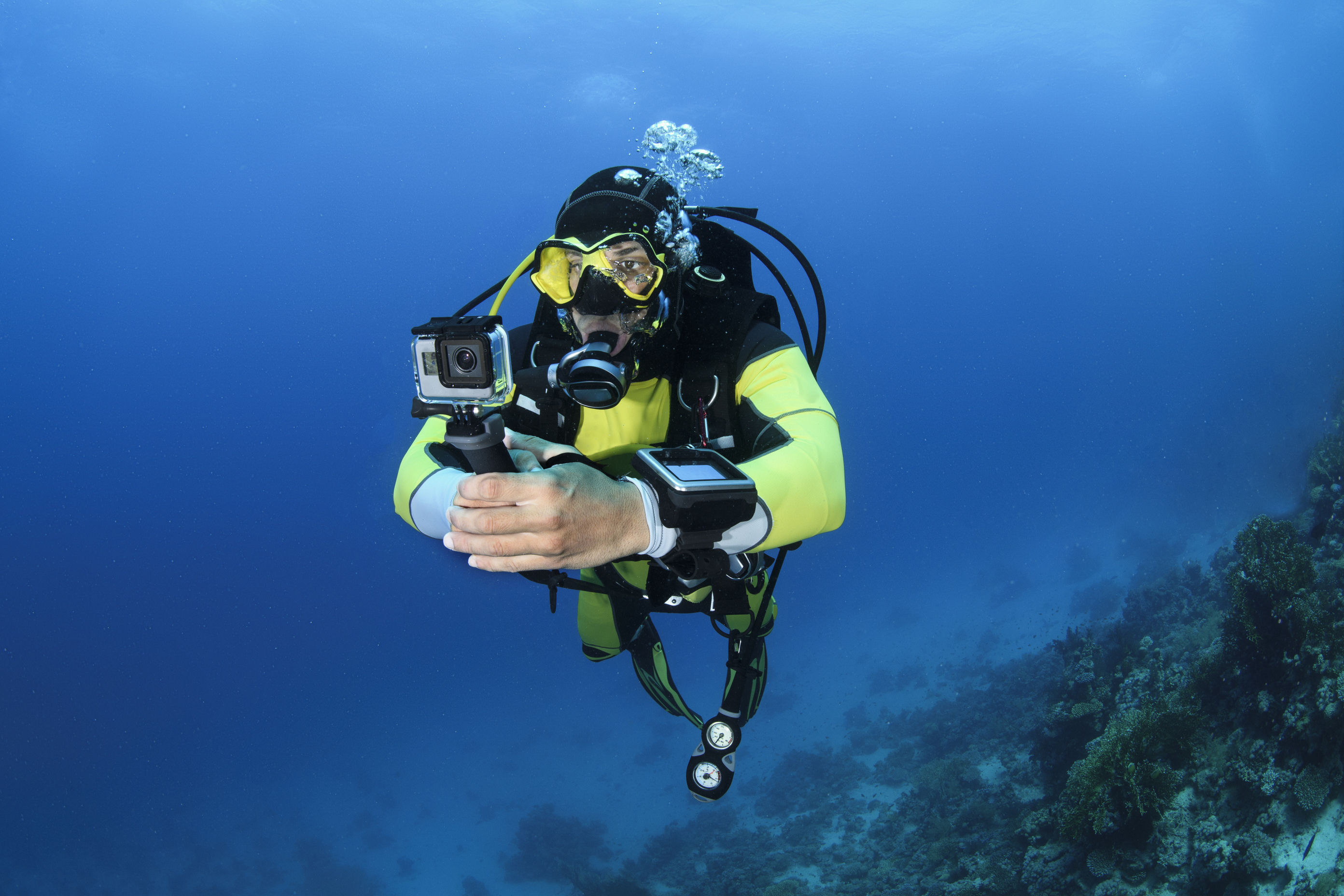
Source: Flickr/IQRemix.
This NHL season, you'll be able to experience hockey from a whole new perspective -- the players'. The NHL is teaming up with GoPro (GPRO 1.35%) to provide footage of certain plays from the perspective of goalies and stick handlers. The one caveat is the footage won't come from in-game situations. The footage will be shot during practice, used for promotions, and interspersed with live broadcasts so color commentators can explain plays better.
GoPro benefits from the partnership, as well. It gets to keep the rights to the footage for its growing YouTube channel, and each time the NHL uses its footage, it's a televised advertisement for its products. If GoPro can continue to make partnerships with sports leagues, it could build up a very valuable library of content from professional athletes at relatively little cost.
Shot on goal
The deal between the NHL and GoPro isn't groundbreaking. It's a nice win for GoPro, but ultimately, it's not a game changer. It's a good demonstration of the potential for GoPro, though.
Mainstream sports have been experimenting with camera placements for years. In the late '90s, Fox introduced us to the Catcher-Cam, giving us an inside look at an inside fastball. We've also seen in-car cams in NASCAR. These are features that GoPro cameras are particularly suited for, and there's clearly a desire for them from broadcasters.
The NHL is only America's fifth most popular sports league after the NFL, NBA, MLB, and NASCAR. With cameras designed to take a beating, GoPro is well-suited for the NFL, NASCAR, and NHL. It's not unrealistic, though, to think that GoPro could make a deal with every major sports league to use its cameras in at least a similar manner to the NHL.
That would give GoPro a lot of high-quality content. GoPro is largely a media company that monetizes its content through camera sales. As GoPro grows its video catalog, it plans to find new ways of monetizing its content.
Finding the back of the net
Making the jump to in-game footage presents a more difficult task. Players aren't going to wear a camera if it detracts from performance. Working with the leagues is key to getting footage from games.
The cameras don't have to be on players to provide interesting footage, though. For example, Major League Baseball umpires could wear cameras on their masks or their chests to get their perspective and truly capture the difficulty of calling balls and strikes. Pit crews could wear cameras to capture pit stops better.
If GoPro can continue to shrink its cameras and make them lighter weight, or design cameras in conjunction with equipment makers -- like a hockey stick cam -- it could get some interesting footage.
In a world with dozens of cameras in players' equipment, or key parts of the field, sports leagues and GoPro could offer fans a much more personalized viewing experience. Say you only want to follow your favorite player, you could elect to watch a stream of the game from his perspective. This could be one way for GoPro to monetize its content.
The future of sports broadcasts
The NHL is a good start for GoPro. For the cost of a few cameras, GoPro picks up some excellent content. But GoPro should be able to push deeper into mainstream sports.
Even if it does nothing more than get the rights to a few practice sessions of all the major sports, that's some of the best content it could wish for. For one, it's exclusive to GoPro and the sports league. None of GoPro's competitors has access to professional athletes like that. Second, it's tremendously popular; if people are clicking on YouTube videos of amateurs, think how many more will watch pros.
Developing relationships with sports leagues now sets GoPro up for more deals with them in the future. If GoPro is able to develop unobtrusive wearable or equipment-embedded cameras, it may find more success getting them in players' hands if it's had support from the leagues in the past. Then it can work with the leagues to monetize the footage, as well.
The deal with the NHL may be just the start.






